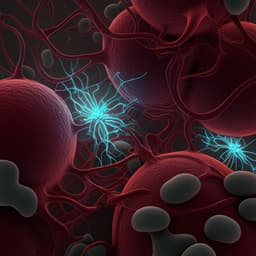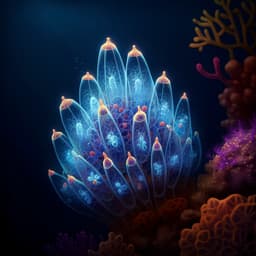
Environmental Studies and Forestry
Organic additive release from plastic to seawater is lower under deep-sea conditions
V. Fauvelle, M. Garel, et al.
Discover how deep-sea conditions impact the release of organic additives from plastics. This research reveals fascinating interactions between hydrostatic pressure, microbial activity, and the efficiency of additive leaching, conducted by authors from Aix-Marseille University and other esteemed institutions.
Playback language: English
Related Publications
Explore these studies to deepen your understanding of the subject.







